
4-H GUIDE
TO DOG TRAINING AND DOG TRICKS

Tammie Rogers

CONTENTS

Chapter 1
TRAINING METHODS
Chapter 2
THE TOOLS
Chapter 3
BEFORE WE GET STARTED
Chapter 4
MANNERS
Chapter 5
THE BASICS
Chapter 6
COMPETITION SKILLS
Chapter 7
ADDITIONAL TRAINING AND SKILLS
Chapter 8
TRICK TRAINING
Chapter 9
TEACHING USEFUL SKILLS
Chapter 10
CONCLUSION
Dedication
This book is dedicated to my parents, John and Carol, without whose love and support I could not have become the independent-thinking, creative person I am today.
And to my husband, Robert, whose strength and commitment to me and my dreams have been inspiring beyond comprehension, thank you. You are truly the wind beneath my wings.
ACKNOWLEDGMENTS
I am sincerely grateful to the following individuals for their assistance, which was offered in so many different ways.
Almost nothing I do would be possible without the support of my husband, Robert. He has been a rock and was most understanding as the deadline for this book approached. I love you.
Pam Vollmer, for whom I trained a service dog named Paden, has taught me so many things as I have watched her on her journey over the past several years to become an increasingly capable dog handler. Most recently, her assistance reviewing the manuscript was so helpful. I truly cherish her caring and compassionate kindness and willingness to help in so many little ways.
Marty Block, my good friend, confidant, and fellow dog lover, has been my sounding board for more years than I can count. I appreciate her perspective and her loyalty more than she probably knows.
As students, Lisette Ehret and her beautiful collie Adair have been an instructors dream. It was with the greatest pleasure that I watched Lisette become an autonomous, highly competent dog handler who should be proud of her accomplishments.
Id like to thank Carla Zolman for her legal expertise.
Thanks to Carla Zolman, Pandora Ray, and Jo Ellen Alsop for their assistance with the manuscript review.
The many 4-H members who have participated in my fair prep classes have been influential in my journey toward writing this book. I thank you and your dedicated parents. The 4-H members and their dogs who modeled for many of the photos in this book are:
 Trishia Buzzard and Caroline (While no photos of them are included due to a lighting issue on the day they modeled, I still appreciate their time.)
Trishia Buzzard and Caroline (While no photos of them are included due to a lighting issue on the day they modeled, I still appreciate their time.)
 Kayleigh Magnus and Snowbelle
Kayleigh Magnus and Snowbelle
 Sara Milburn and Shania
Sara Milburn and Shania
 Caleb Moody and Dusty
Caleb Moody and Dusty
 Faith Mooreland and James
Faith Mooreland and James
 Derek Niemeyer and Rocky
Derek Niemeyer and Rocky
 Sydney Rosborough and Sadie
Sydney Rosborough and Sadie
 Thank you Jane Schipma and border collie, Ace. I am so proud of your accomplishments together, and I appreciate that you posed for photos in this book.
Thank you Jane Schipma and border collie, Ace. I am so proud of your accomplishments together, and I appreciate that you posed for photos in this book.
And I would like to thank Amy Glaser, acquisitions editor at Voyageur Press, for asking me to author this book. I truly appreciate the opportunity to share my thoughts on dog training via this medium.
INTRODUCTION

It was 1986. I was a couple years out of college and living in an apartment in Chicago. I had acquired two dogs by that time: a mutt I called Macho and a purebred Labrador retriever I named Stella. At a training club near my home, I had moved Macho through the intermediate level of competitive trialing. He was doing well at fun matchesinformal events intended to provide practice for real shows. Then I discovered that as a mixed breed, he was not allowed at the official American Kennel Club (AKC) trials. With newfound education on dog training and management, I acquired Stella from a quality breeder. She was just a pup when my parents came to visit that spring day in 1986.
While I attempted to demonstrate to my parents how well I was doing on my own, I had failed to explain my plans to Stella. During the visit, the yellow Lab did all the things that puppies do. She jumped up on my mother, knocking from her hands the gifts she had brought to me. She side-swiped my father as he approached a chair, nearly knocking him over. She pranced off to my bedroom and promenaded back into the front room proudly carrying a pair of my underwear that she pulled out of a laundry basket.
I addressed each infraction to the best of my ability, using the information I had learned at dog school. Good timing, appropriate feedback, proper attitude, and presence were all part of the communication. Controlling my own frustration, remaining calm, and dispensing clear consequences for Stellas behavior were also part of the equation. After watching my interactions with Stella, my father, a man who I considered quick to give his opinion even at the risk of hurting my feelings, spoke. You will be a very good parent one day. Coming from him, I considered it a supreme compliment. That was years ago, but I still remember it as if it were just yesterday.
Training a dog is very much like parenting a child. However, we cannot forget that our pet dogs are not human. We must take expertise that we develop in our relationships with humans and merge it with knowledge about this unique species with which we share our lives. Dogs neither are wild animals nor are they furry children. They are a species developed by man, quite often in mans image. So unique they are, and so similar they are to us, and yet, so different too.
With knowledge and understanding, just about anyone can train his or her own dog. But my experience teaching 4-H members helped me to recognize that, at times, it can be better to be young and impressionable, rather than hardened and set in your ways. When it comes to communicating with their dogs, I think children have one up on adults. I speculate that because dogs are rather like kids, who require boundaries set for their behavior, rules to follow, and clear-cut instruction, children are more in tune with what their dogs need. Kids are living in that moment, themselves.

There is a special bond between kids and dogs. To honor that relationship, the 4-H program offers children and young adults the opportunity to demonstrate the fruits of their labors at sanctioned county fairs. By attending weekly classes, these youngsters have learned about basic dog care. They have received instruction on proper training and proficient handling. In doing so, they have developed a strong bond and indeed a true friendship with their dogs. Members who compete in the 4-H dog program learn about the importance of guardianshipan activity that requires love, attention, and sound leadership. Dogs of all shapes and dispositions are able to learn the required skills to compete with their handlers at 4-H competitions.
Next page



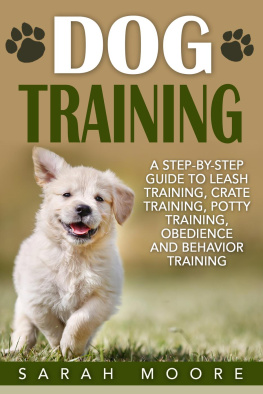
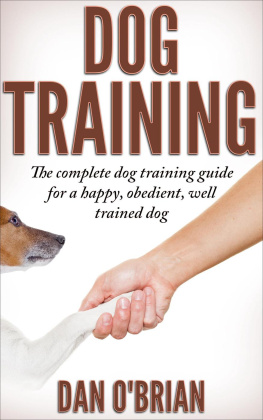
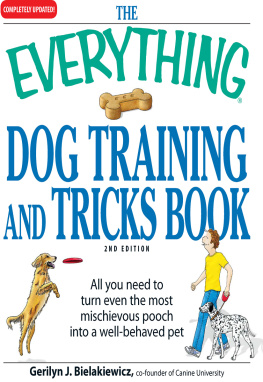
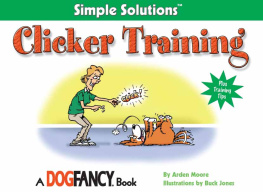
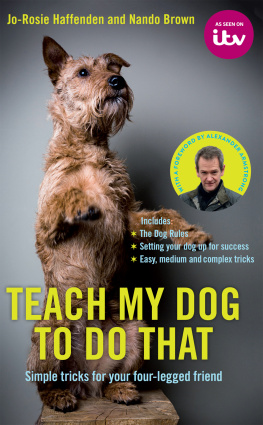
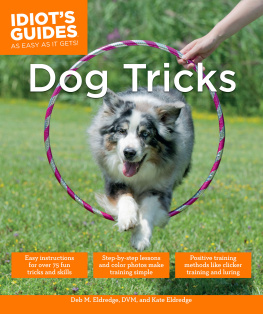




 Trishia Buzzard and Caroline (While no photos of them are included due to a lighting issue on the day they modeled, I still appreciate their time.)
Trishia Buzzard and Caroline (While no photos of them are included due to a lighting issue on the day they modeled, I still appreciate their time.)
